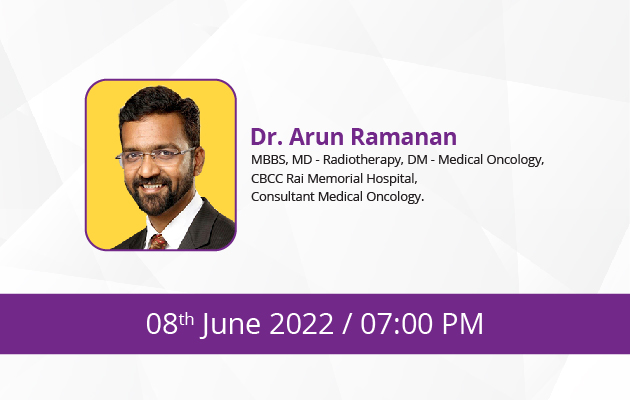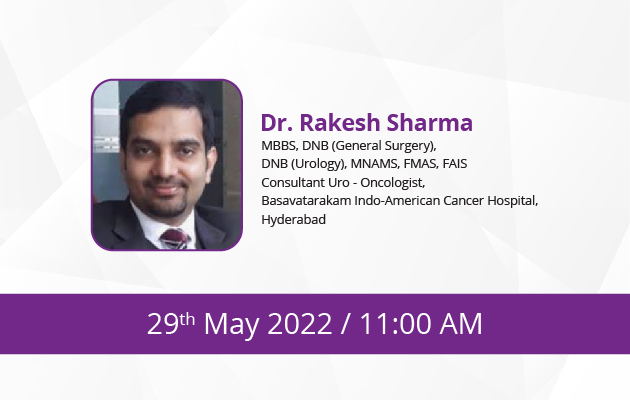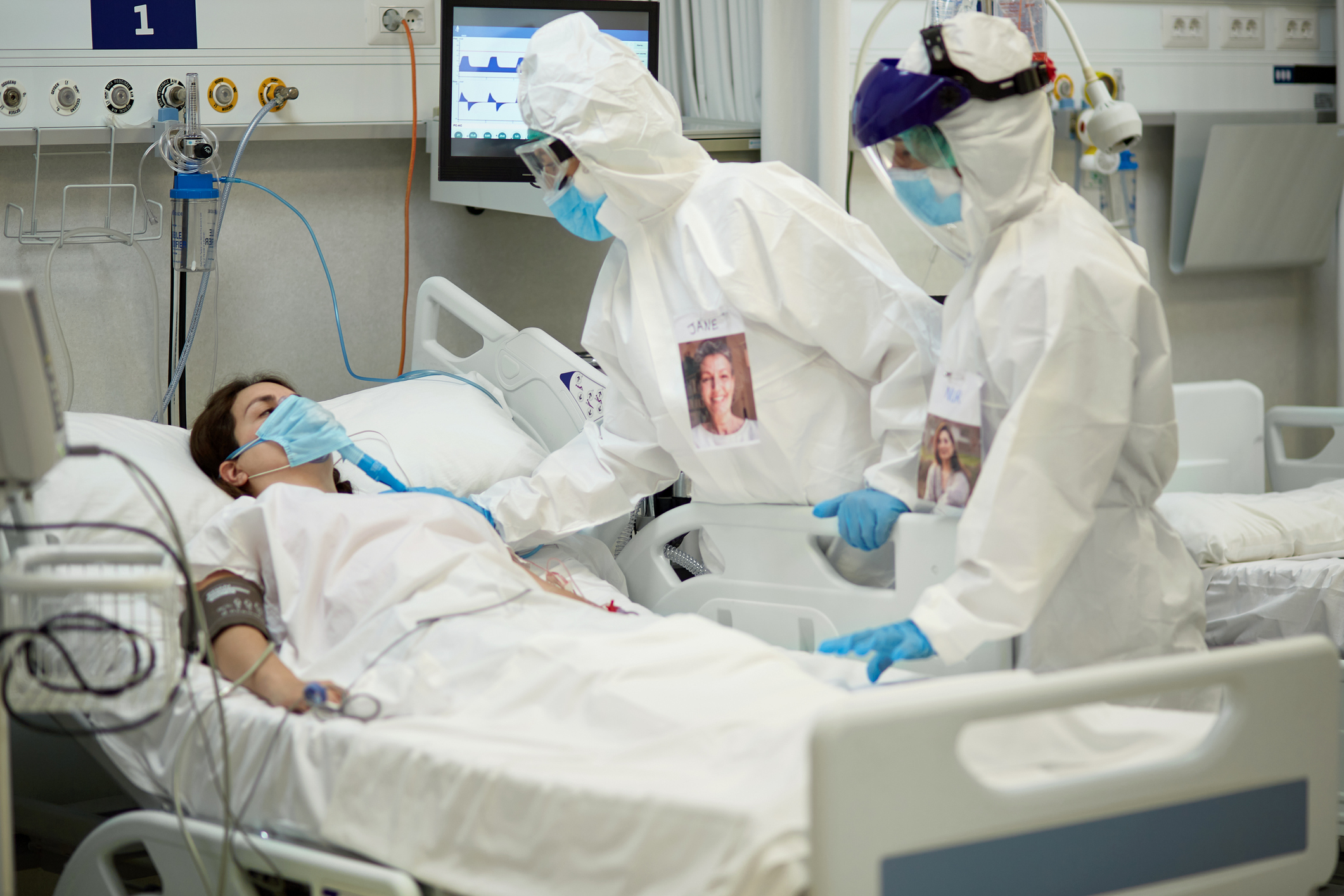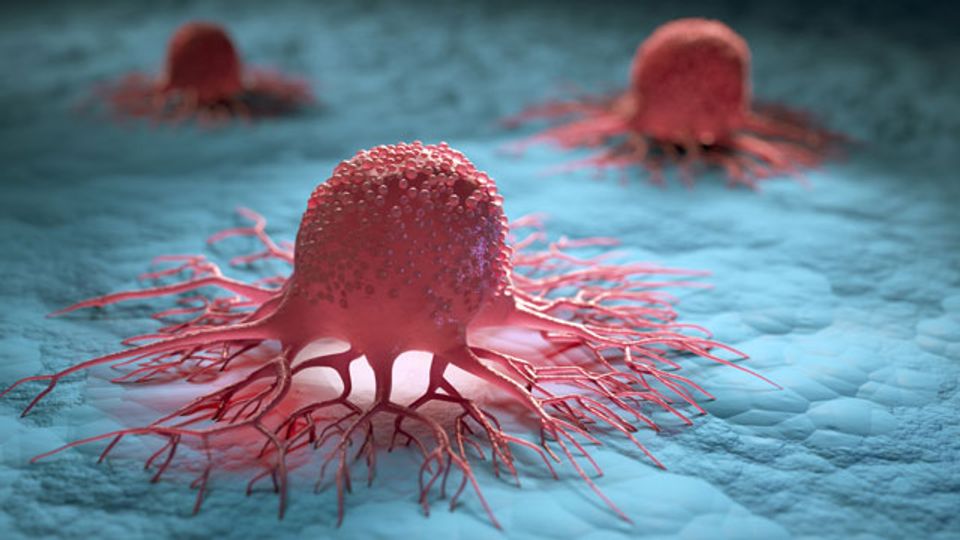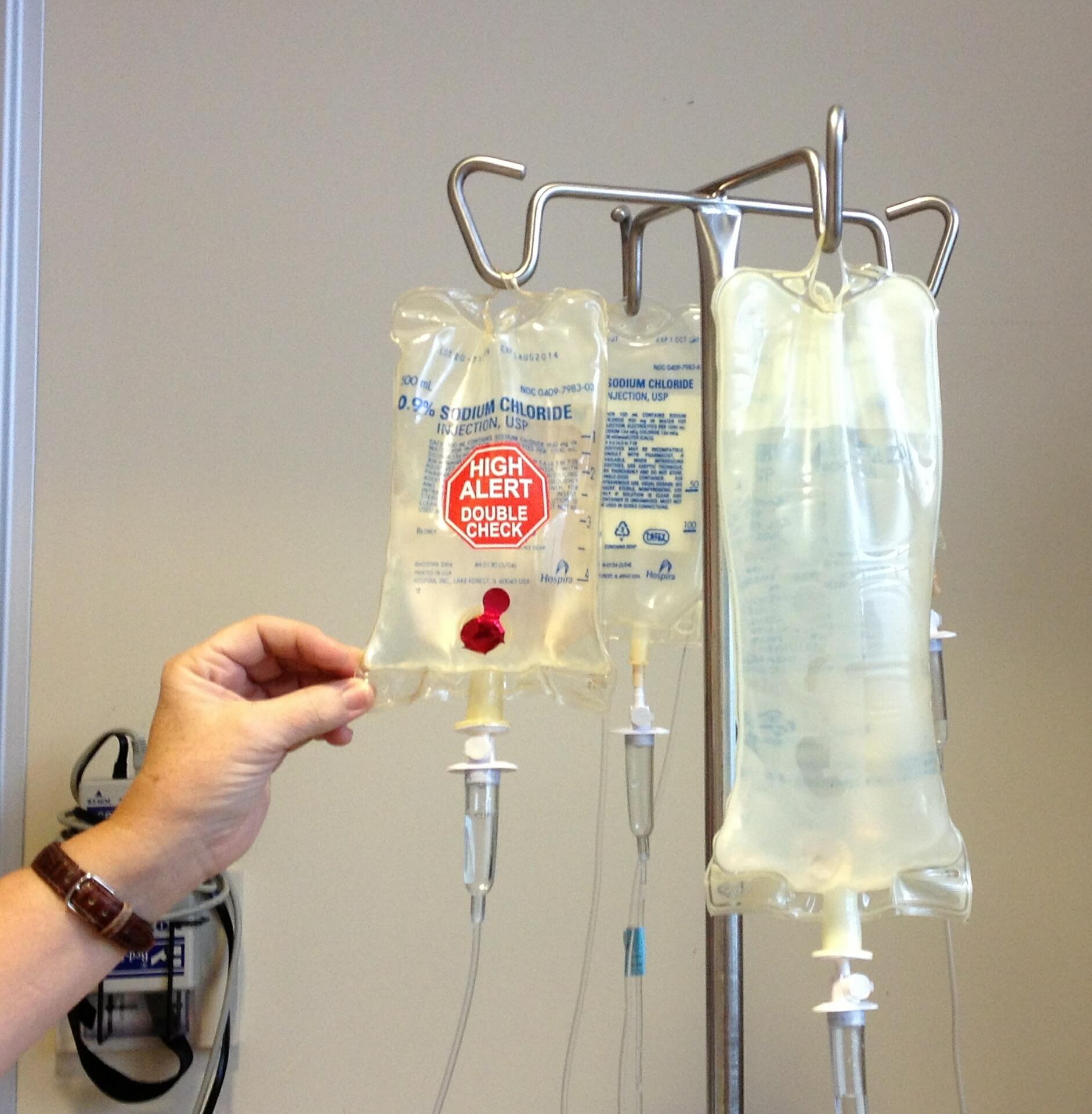
Cervical cancer in India is the most common gynecological cancer diagnosed in women
Cervical cancer in India is the most common form of gynecologic cancer in women and the second leading cause of death. What’s more worrying is that India accounts for 25% of new cervical cancer cases and 27% of deaths from the disease worldwide. There were 1,22,844 new cervical cancer cases recorded in the United States last year. Cervical cancer is more common in young people, and 99.7% of cases are linked to the Human Papillomavirus (HPV), a virus spread by skin-to-skin contact. Tobacco-related head and neck cancers, especially oral cancer in men, and cervical cancer in women dominate cancer trends in India; both of these cancer types are linked to lower socioeconomic status. Breast cancer and colorectal cancer, for example, are becoming more common as a result of overweight and obesity, lack of physical activity, and sedentary lifestyles, and these cancers are linked to higher socioeconomic status.
The overall 5-year relative survival of 46% for all cervical cancer in India is strongly determined by the stage at diagnosis, with survival as low as 7·4% for advanced-stage disease compared with 73·2% for localized cancer. In India, cervical cancer screening begins at the age of 25, regardless of sexual background. HPV tests, cytology by PAP test, co-testing of both HPV and cytology, and VIA-visual inspection with acetic acid are among the screening tests used. As a result, early screening, proper vaccination, and awareness programs are critical in minimizing the occurrence of cervical cancer. About 78% of women diagnosed with cervical cancer are between the ages of 30 and 39. The median age at the time of diagnosis is 49 years old. The majority of tumors in their early stages are asymptomatic. However, a watery, blood-stained vaginal discharge, intermittent vaginal bleeding after coitus, and uncontrollable bleeding from the tumor bed can occur in some cases. Whenever such signs appear, the patient can see a doctor right away.
On November 17, 2020, the World Health Organization (WHO) unveiled a global plan to eradicate cervical cancer. According to GlobalData, the move would prevent more than 50,000 cases of cervical cancer among Indian women by 2050. Targets have been set that must be reached by 2030 in order for all countries to be on the same page in terms of eliminating cervical cancer. This involves confirming that 90% of girls receive the HPV vaccine by the age of 15, 70% of women are screened by the age of 35 and again by the age of 45, and 90% of women with cervical cancer are treated properly.

